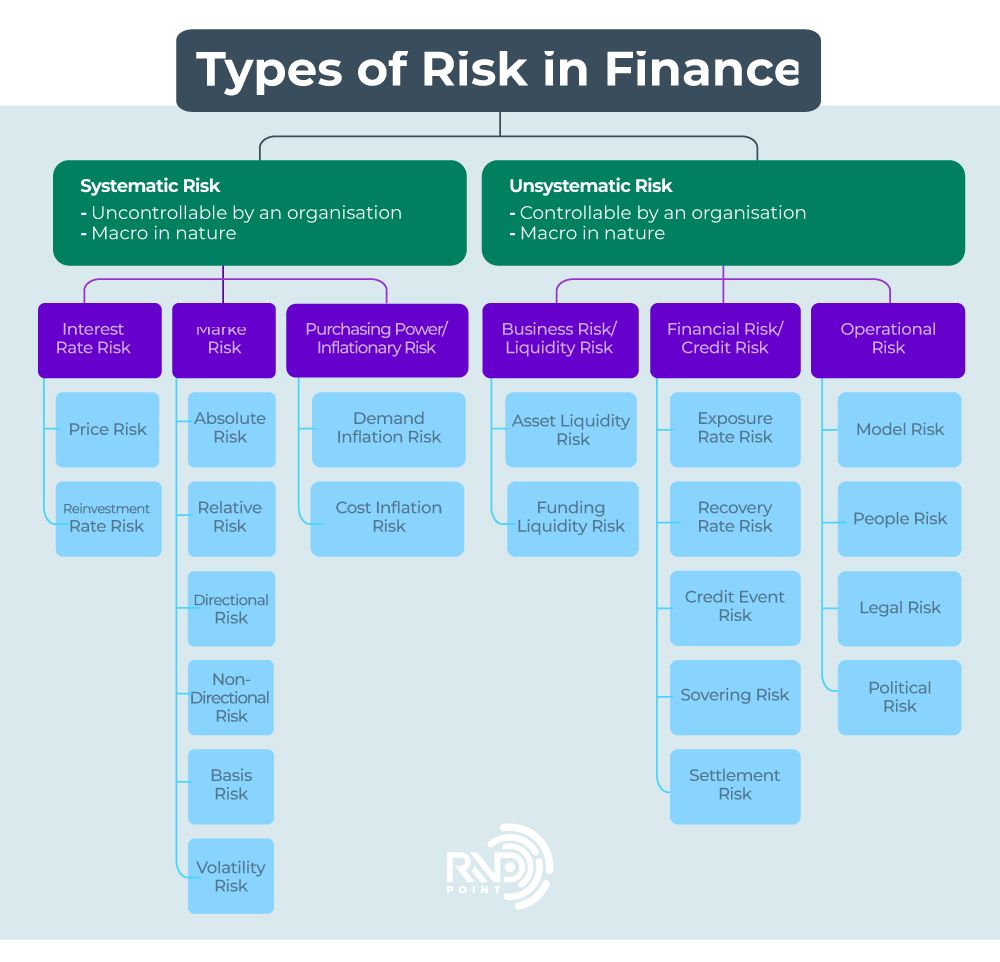Risk management is an essential practice in the field of finance, allowing businesses and individuals to identify, assess, and mitigate potential risks that could impact their financial stability and success. In this article, we will explore various strategies that can be implemented for effective risk management in finance.
Diversification
Diversification is a key strategy in risk management that involves spreading investments across different asset classes, industries, and geographical regions. By diversifying your portfolio, you reduce the risk associated with a specific investment or industry. This strategy helps to minimize potential losses and maintain stability in case one investment or sector underperforms.
Hedging
Hedging is another popular risk management strategy used in finance. It involves taking positions in financial instruments, such as derivatives, to offset potential losses in another investment. For example, if you have a significant investment in a particular currency, you can hedge against currency fluctuations by entering into a futures contract or purchasing options to protect against adverse movements.
Insurance
Insurance is a commonly used risk management tool in finance. By purchasing insurance policies, individuals and businesses can transfer the risk of potential losses to insurance companies in exchange for a premium. This strategy helps to protect against unforeseen events such as natural disasters, accidents, or liability claims, allowing for financial stability and peace of mind.
Asset-Liability Management
Asset-liability management (ALM) is a comprehensive approach to risk management that focuses on aligning assets and liabilities to ensure financial stability. ALM involves strategically managing the maturity, duration, and risks associated with assets and liabilities to minimize the impact of interest rate changes, credit risk, and liquidity risk. This strategy is commonly used by financial institutions to manage their balance sheets.
Stress Testing
Stress testing is a technique used to assess the vulnerability of a financial institution or investment portfolio to adverse economic conditions. By subjecting the portfolio to various hypothetical scenarios, stress testing helps identify potential weaknesses and provides valuable insights into the resilience of the portfolio. This information allows for informed risk management decisions and the development of contingency plans.
Value-at-Risk (VaR)
Value-at-Risk (VaR) is a statistical measure used to estimate the potential losses that a portfolio may incur over a specific time period with a certain level of confidence. VaR helps financial institutions and investors determine the maximum loss they could potentially face, providing a benchmark for risk management strategies. By setting appropriate VaR limits, organizations can ensure they are operating within predefined risk tolerance levels.
Regular Monitoring and Review
Regular monitoring and review of investment portfolios, financial statements, and risk management strategies are crucial for effective risk management in finance. By staying informed about market conditions, regulatory changes, and the performance of investments, individuals and businesses can proactively identify potential risks and make necessary adjustments to their risk management strategies. This ongoing evaluation ensures that risk management measures remain robust and aligned with financial goals.
Conclusion
Effective risk management is vital for financial stability and success. By implementing strategies such as diversification, hedging, insurance, asset-liability management, stress testing, and VaR analysis, individuals and businesses can proactively manage and reduce potential risks. Additionally, regular monitoring and review of risk management strategies enable the adaptation to changing market conditions, ensuring continued financial resilience. Employing these strategies can help mitigate the negative impact of financial risks and contribute to long-term financial well-being.
Written by [Your Name]


